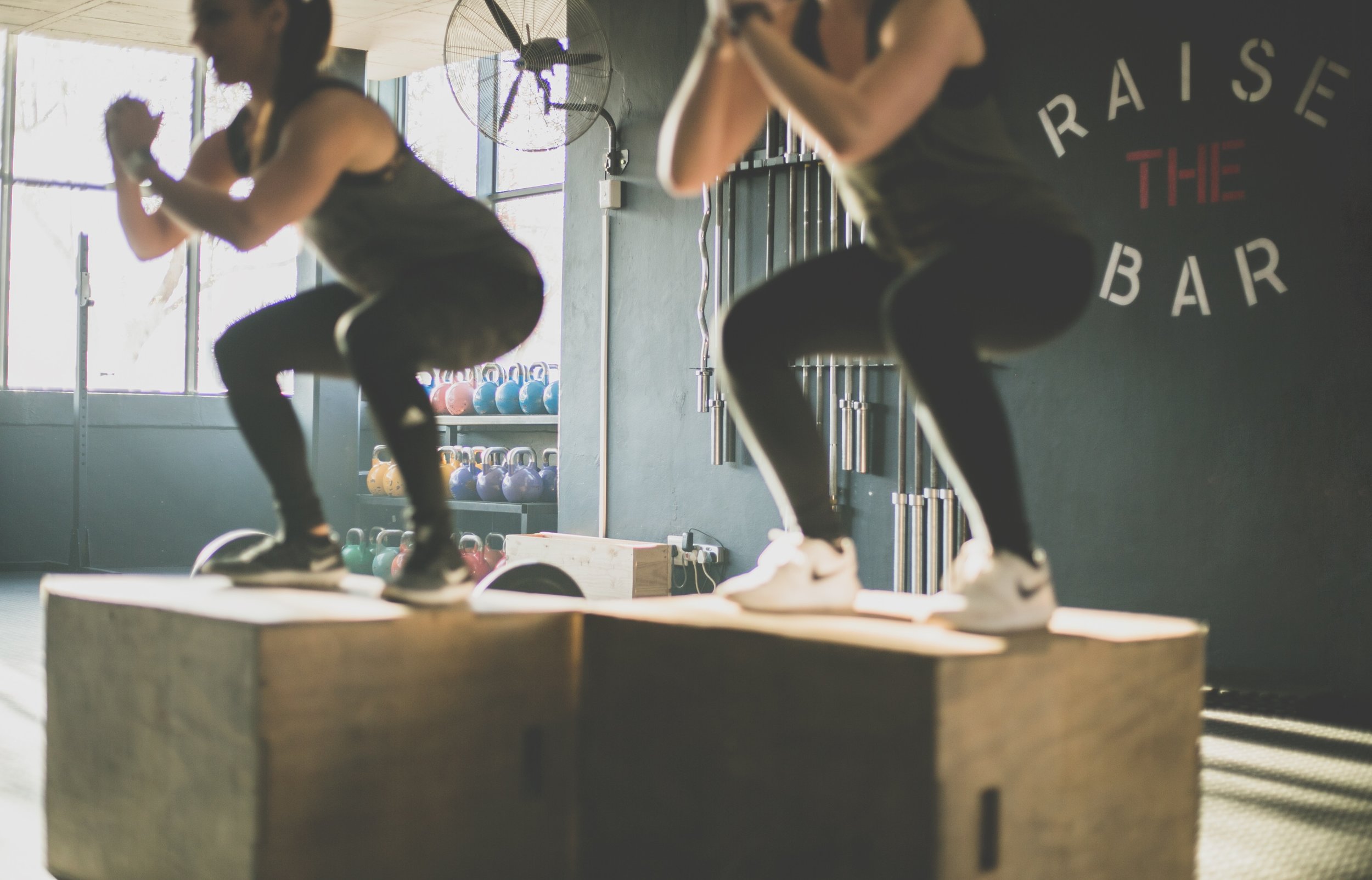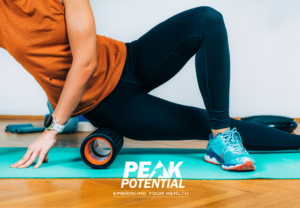
We did a workshop at a local boot camp a few weeks ago and many of the questions we received were about squats:
“Did squatting cause my knee pain?”
“Can I squat if I have a knee injury?”
“Are deep squats bad for my knees?”
Let’s start out by saying that our body was designed to squat. In an ideal world, we should be able to go through the full range of motion, maintain balance, and have the strength to get into and out of a squat position – even a deep squat.
Think about how our ancestors went to the bathroom (perhaps we should still be squatting but that’s a conversation for another time). Everyone squatted and I dare say few had any pain or discomfort doing it.
Our current sedentary lifestyles now limit our ability to move through this full range of motion because we just don’t do it on a regular basis. Ever heard the term “use it or lose it”? It’s very true.
When we don’t perform a movement over time, our bodies lose the neuromuscular programming to perform the activity. In addition, over time we lose mobility in the joints to perform the activity comfortably. And this loss of mobility isn’t just in your knees. Decreased mobility in your ankles, hips, and low back contribute to difficulty with squats.
So the short answer is that no, squats do not cause knee pain, it’s a lack of movement that causes the problem.
Then, you may ask, why is it that my knees hurt when I squat?
There are three main reasons why your knees hurt when you squat and luckily there are solutions.
-
Poor Form
Although squats don’t cause knee pain, poor form when doing squats can. “Correct form” will differ depending on the type of squat you are doing, but there are some general guidelines to follow.
First, make sure your knees are pointed in the same direction as your toes and that they are not collapsing in toward each other. In addition, your knees should never extend out over your toes (you should be able to look down and see your shoe’s laces). Finally, keep your stomach muscles activated and a slight arch in your back throughout the movement.
If you can not maintain proper form, it is likely due to a muscle weakness or imbalance – most likely in your buttock muscles – causing your body to try to compensate with bad form.
-
Poor Range of Motion
The ability for most people to comfortably do a squat depends on their range of motion in their hips, ankles, and low back. To perform a squat you must have full hip flexion and ankle dorsiflexion (toes pointed toward ceiling) range of motion.
Various mobility exercises such as dynamic stretching, foam rolling, and assisted range of motion exercises can correct this problem. If this is the case, I recommend progressing slowly from a very shallow squat to deeper squats as your range of motion improves.
-
Poor Alignment
In order to maintain good form through the full range of motion, your body must be in proper alignment. If your pelvis is shifted or lower spine rotated, you will have unnatural forces pulling on the muscles around your knee as you squat. For example, I know when my pelvis is out of alignment because I have pain on the inside of my knee when I do a weighted squat.
In the case of misalignment, you will need to get a little help to correct the problem. A physical therapist can check your alignment and fix the problem for you with manual therapy. There is no reason to progress with strengthening or stretching exercises until your body is lined up correctly.
I highly recommend getting the problems with your squat sorted out so that you can include this very beneficial movement into your workout routine and everyday life. It’s a very effective exercise as it engages the hips, glutes, quads, hamstrings, calves, core, and pelvic floor muscles.
In addition, it will help you maintain an active and independent lifestyle as you get older because these are important muscles that contribute to going up/down stairs, getting in/out of the car, rising from a couch, hiking on uneven terrain, and even maintaining bladder control.
If you currently have knee pain with squats or have a history of knee injury I would recommend a professional movement screen before proceeding. This allows a physical therapist to identify the muscles that need strengthening, safe stretches and mobility exercises to improve range of motion, and ensure your alignment is optimal to perform the movements without further injury. For more information about movement screens and corrective exercises, e-mail Dr. Trevor (trevor@peakpotentialpt.com).
For more tips and tricks to beating knee pain and return to your favorite fun or fitness activities, download our Free Report TODAY. Just click the link below:
7 Simple Ways to Stop Chronic Annoying Knee Pain
Learn 7 different ways to stop annoying knee pain… without Injections, Painkillers, or Surgery. . . even if your doctor told you nothing could be done to help!




